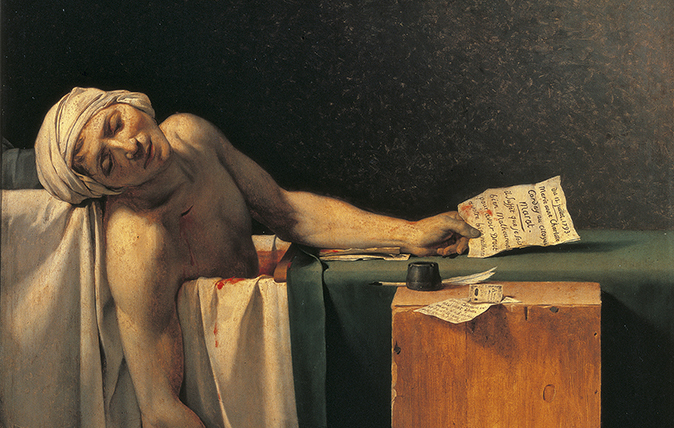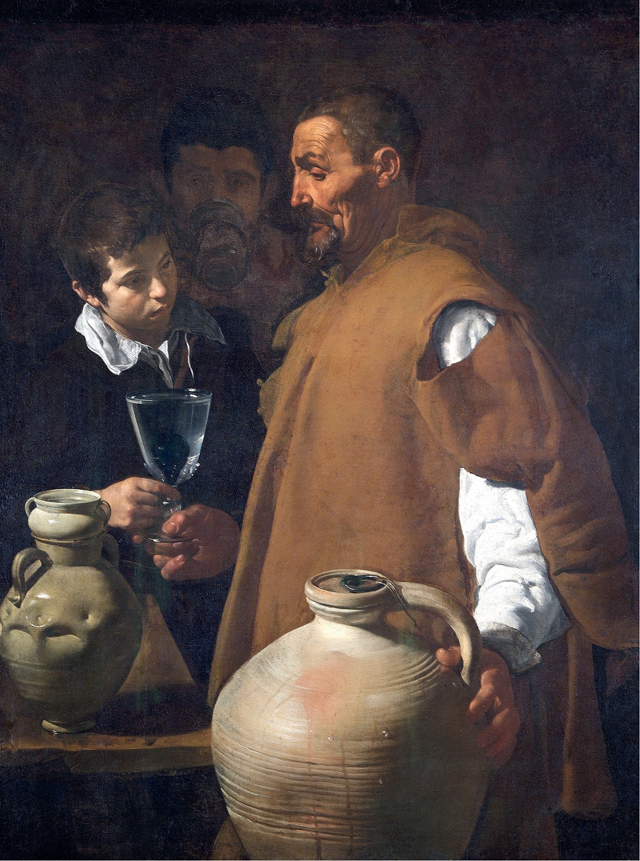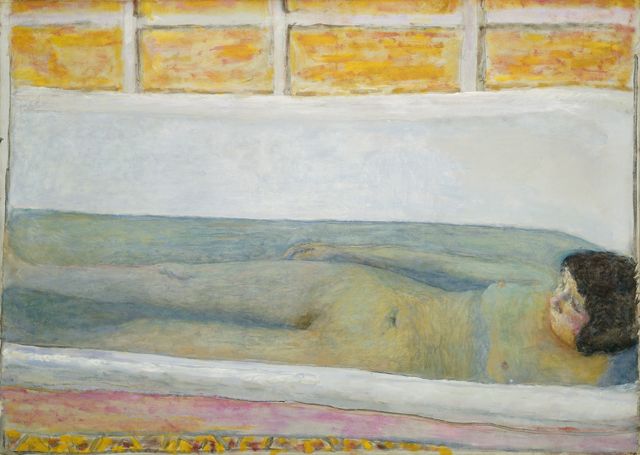My favourite painting: The Duchess of Wellington
The Duchess of Wellington chooses her favourite painting for Country Life.


Portrait of a Man (possibly José Nieto), about 1635–45, by Diego Rodriguez de Silva y Velázquez (1599–1660), 30in by 26in, The Wellington Collection, Apsley House, London. Bridgeman Images.
The Duchess of Wellington says: This painting hangs in the Waterloo Gallery at Apsley House, surrounded by the grandeur of the great collection of paintings in their extravagant late-Georgian frames. The man’s identity and date are much discussed, but, for me, it isn’t necessary to know more than that he was intelligent. He looks out from the half shadows, dressed in black save the crisp, white sweep of his collar, still and watchful while the agonies of religion, the swagger of royal portraiture and the noise of Flemish taverns jostle for space in the great gallery. He fixes the viewer with his enigmatic stare; the observer observed.
The Duchess of Wellington is Chairman of the Royal Ballet School and a Fellow of Eton College.
John McEwen comments: It was said that the 1st Duke of Wellington’s superb collection of pictures and other artefacts, the greatest in modern times, was won at Vitoria in 1813. this was not entirely true, but certainly the majority of the pictures were, including this Velázquez.
The defeat of Joseph Bonaparte’s French army on June 21 at the battle of Vitoria, 85 miles from the French border, ended the eldest brother of Napoleon’s brief and usurped reign as King of Spain. Bonaparte’s captured coach contained state papers, love letters, a silver chamber pot and more than 200 paintings, packed as rolled canvases in a trunk. The paintings, with others used as tarpaulins for the baggage train, were sent to London. The Duke noted they ‘were not thought of any value’, but, in London, they were estimated at a colossal £40,000.
When the Duke discovered they had been stolen from the Spanish royal collection, he offered to return them to the restored King of Spain, Ferdinand VII, who, with equal grace, waived his right. Eighty-one of the paintings, not all from the Spanish royal collection, are now in the Wellington Collection, Apsley House, London W1, which has been extended, enlarged, redecorated and sumptuously re-carpeted to mark the Waterloo bi-centenary.
José Nieto, if he is the subject, was Queen Mariana of Austria’s chamberlain and appears in the background of Velázquez’s Las Meninas.
Sign up for the Country Life Newsletter
Exquisite houses, the beauty of Nature, and how to get the most from your life, straight to your inbox.
Napoleon described Joseph Bonaparte (1768–1844) as ‘too good a man to be a king’. From happy New Jersey exile, the amiable, hedonistic—he had a teenage American mistress and the largest library and wine cellar in America—self-styled comte de Survilliers (Mr Bonaparte to the Americans) visited London in 1832 and was shown round Apsley House by his former enemy.

My favourite painting: Harry Meade
'I like the idealised realism — in the same way as Munnings painted every horse to look conformationally perfect'

My favourite painting: The Duke of Wellington
The Duke of Wellington chooses his favourite painting for Country Life.
Country Life is unlike any other magazine: the only glossy weekly on the newsstand and the only magazine that has been guest-edited by HRH The King not once, but twice. It is a celebration of modern rural life and all its diverse joys and pleasures — that was first published in Queen Victoria's Diamond Jubilee year. Our eclectic mixture of witty and informative content — from the most up-to-date property news and commentary and a coveted glimpse inside some of the UK's best houses and gardens, to gardening, the arts and interior design, written by experts in their field — still cannot be found in print or online, anywhere else.
-
 Designer's Room: A solid oak French kitchen that's been cleverly engineered to last
Designer's Room: A solid oak French kitchen that's been cleverly engineered to lastKitchen and joinery specialist Artichoke had several clever tricks to deal with the fact that natural wood expands and contracts.
By Amelia Thorpe
-
 Chocolate eggs, bunnies and the Resurrection: Country Life Quiz of the Day, April 18, 2025
Chocolate eggs, bunnies and the Resurrection: Country Life Quiz of the Day, April 18, 2025Friday's quiz is an Easter special.
By James Fisher
-
 My favourite painting: Allan Mallinson
My favourite painting: Allan MallinsonMilitary historian Allan Mallinson picks an image of 'faith, generosity and ultimate sacrifice'.
By Charlotte Mullins
-
 My Favourite Painting: Piet Oudolf
My Favourite Painting: Piet Oudolf'One cannot sense whether he is far out on the ocean or closer to shore, or what he may be watching or feeling in that moment as he stares towards the beach.’
By Country Life
-
 My Favourite Painting: Mary Plazas
My Favourite Painting: Mary Plazas'There is compassion, awe, humility, a knowing yet a questioning in the glistening eyes. It moves me, it inspires me beyond the need to know.’
By Country Life
-
 My favourite painting: Robert Kime
My favourite painting: Robert KimeRobert Kime shares his fondness for New Year Snow by Ravilious
By Country Life
-
 My Favourite Painting: Anna Pavord
My Favourite Painting: Anna PavordAnna Pavord chooses a picture which reminds her of where she grew up
By Country Life
-
 My favourite painting: Maureen Lipman
My favourite painting: Maureen LipmanMaureen Lipman chooses her favourite painting for Country Life.
By Country Life
-
 My favourite painting: Jacqueline Wilson
My favourite painting: Jacqueline Wilson'I looked at this painting and decided to write about a Victorian circus girl one day'
By Country Life
-
 My favourite painting: Lauren Child
My favourite painting: Lauren ChildLauren Child chooses her favourite painting for Country Life.
By Country Life